Aulorhynchus flavidus. tubesnout
Link to Fish of Metchosin Coastal

Both the Common loon and the Pacific Loon are feeding regularly just offshore of Taylor beach these days. Seems rather late as one would think they should be up north nesting soon. Their food preference is probably the forage fish that lay eggs on shore.
This morning at low tide we came across several pacific sand lance on the beach. They had just spawned and lay dead on the beach awaiting the predators.
It is especially important through July and August, (note last year)when they are spawning regularly to avoid heavy traffic on the beach (especially horses).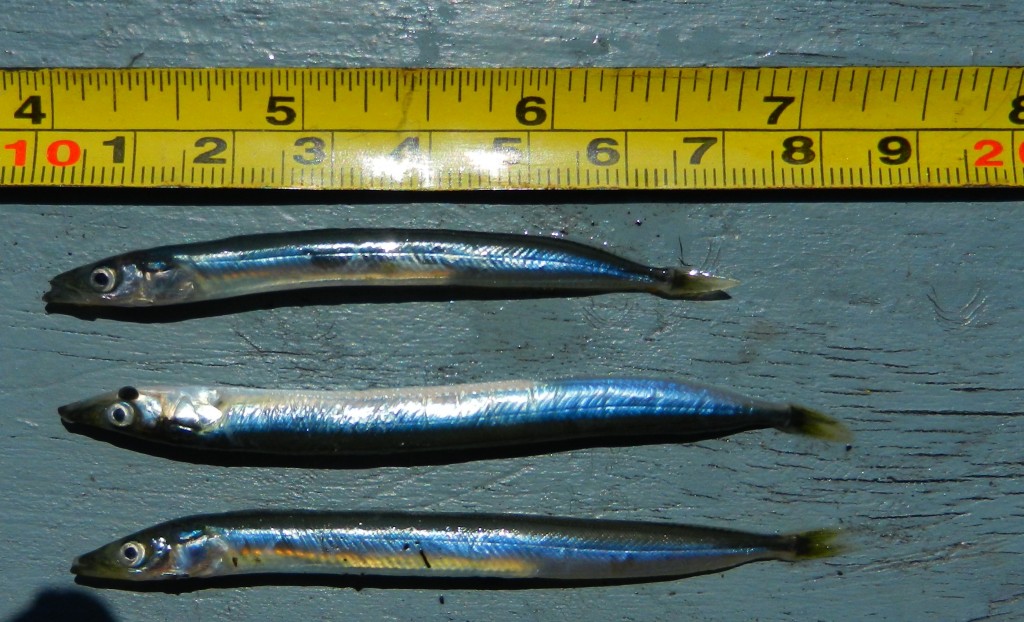
It would be nice if we all were careful, cleaned up after ourselves and were considerate of others and the environment. Unfortunately the annual spring and early summer problem of Fires on Metchosin beaches provides much evidence to the contrary. Those of us who frequent the area have observed a deterioration in the situation in the last few years on Taylor and Weir’s beach. This spring with the stair access to Wittty’s lagoon cut off and the announcement on local media that beach fires are not allowed in other municipalities but it was still okay to have them in Metchosin, the problem has reached a tipping point.
Ed Note: Metchosin Council finally banned all beach fires in a meeting in mid-June this year.
1. THE PROBLEM OF THE BURNING OF PALETTES:
The above was just part of last weeks legacy on Taylor Beach:
A quick review of the internet points out that :
Many Pre-2005 pallets have been treated with Methyl Bromide prior to exporting (part of phytosanitary regulations before import/export shipping to reduce risk of importing wood diseases and pests from country to country). The Methyl Bromide treated pallets should be disposed of as hazardous waste since it is dangerous to both people and the environment. Newer pallets are heat treated, but don’t rule out mildicides ( for fungal inhibition) applied to some pallets.
2. THE BURNING BEACH DRIFTWOOD PROBLEM:
It saddens us to see people chopping or sawing up large logs or dragging them whole onto fires . These logs, some well over 50 years old provide habitat for beach creatures and being moveable, can absorb wave energy and help to stabilize the backshore from increasing erosion.
Why do people continue to burn driftwood when there is clear evidence that it can produce toxic substances?
From:http://www.bcairquality.
” The driftwood found on B.C. beaches may seem like an economically attractive heat source. Driftwood, however, is laden with salt, and burning it releases sodium and chlorine ions. The potential exists for these chlorine ions to form chlorinated compounds such as dioxins and furans, which are suspected human carcinogens. They may also corrode your stove and venting system.”
3. THE “I’VE GOT TO HAVE MY OWN PIECE OF THE BEACH” PROBLEM: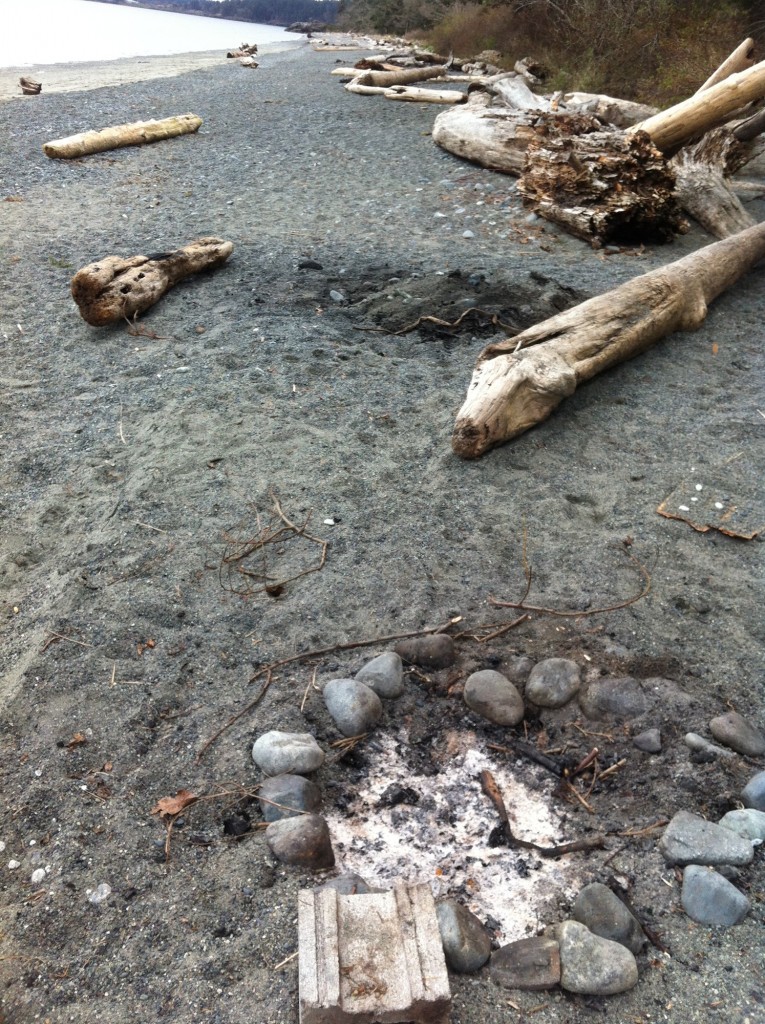
Why is it not okay to use someone’s old firepit instead of building a new one a few feet away, creating another mess?
Last week I counted 40 old and recent firepits from this season along a stretch of no more than 200 metres of Taylor Beach.
4. THE PROBLEM WITH THE MESS PEOPLE LEAVE:
Probably before the end of summer I will get a picture of the melted broken bottles and aluminum beer cans left in fire-pits, but for now this will have to do. The hazard this poses for children and animals is unacceptable. Winter storms will distribute any material left like in mounds and pits over the beach, posing an unsuspecting hazard.
5. THE HABITAT DESTRUCTION PROBLEM:
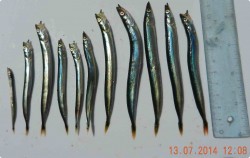 In the photo below, the darkened sand area, a diameter of around 4 metres or 12 feet , is where there will be complete sterilization of the sand and death of any organisms living within it. Sand is not an inert environment to begin with. It can have a complex ecosystem of bacteria and invertebrates which contribute to decomposition and nutrient cycling , as well as a habitat for forage fish.
In the photo below, the darkened sand area, a diameter of around 4 metres or 12 feet , is where there will be complete sterilization of the sand and death of any organisms living within it. Sand is not an inert environment to begin with. It can have a complex ecosystem of bacteria and invertebrates which contribute to decomposition and nutrient cycling , as well as a habitat for forage fish.
6. THE EXTREMELY DRY WEATHER AND WILDFIRE RISK PROBLEM:
Perhaps this is the biggest problem that threatens to have a huge impact on life in Metchosin. The continuity of dry brush and forest from the beaches to backyards is a real threat for wildfires. Fanned by winds, fires that escape or were not completely extinguished and left unattended could cause untold damage to residents and property in the district.
Some other references :
District of Metchosin Burning Regulations:
Metchosin FIre Department Burning regulations:
Central Saanich Burning Regulations:
Saanich Beach Fire regulations:
Comox Valley Regional District:
Why are BC residents so concerned about what might happen to their coastline from an increase in shipping and oil tankers?
We don’t have a scene like this video portrays in Metchosin, although we do get frenzy feeding by birds and mammals in the fall at Race Rocks but we do have forage fish which live on our beaches and provide year round food for the ecosystem.
Don’t miss this video from Denman Island : https://vimeo.com/121960894?
The Metchosin Community has a considerable population of recreational horses. It is accepted that to criticize anything horse-related might not be politically correct in Metchosin.
The pictures included in this post represent an extreme example but they are useful in order to point out the potential environmental impact of this activity. Let alone making it  difficult to walk on until the next high tide comes in to smooth it out, the real issue is what is happening to the habitat of the forage fish. Both Pacific Smelt and Sand lance inhabit intertidal zones on Taylor beach. When they spawn, these forage fish deposit eggs just under the surface of the sand . They are vulnerable to compaction and excessive drying out before they are carried out by the tide. Given the lack of protection afforded the habitat of these fish and the over-harvesting in the herring fishery, these essential small fish of the food web are challenged enough already.
difficult to walk on until the next high tide comes in to smooth it out, the real issue is what is happening to the habitat of the forage fish. Both Pacific Smelt and Sand lance inhabit intertidal zones on Taylor beach. When they spawn, these forage fish deposit eggs just under the surface of the sand . They are vulnerable to compaction and excessive drying out before they are carried out by the tide. Given the lack of protection afforded the habitat of these fish and the over-harvesting in the herring fishery, these essential small fish of the food web are challenged enough already.
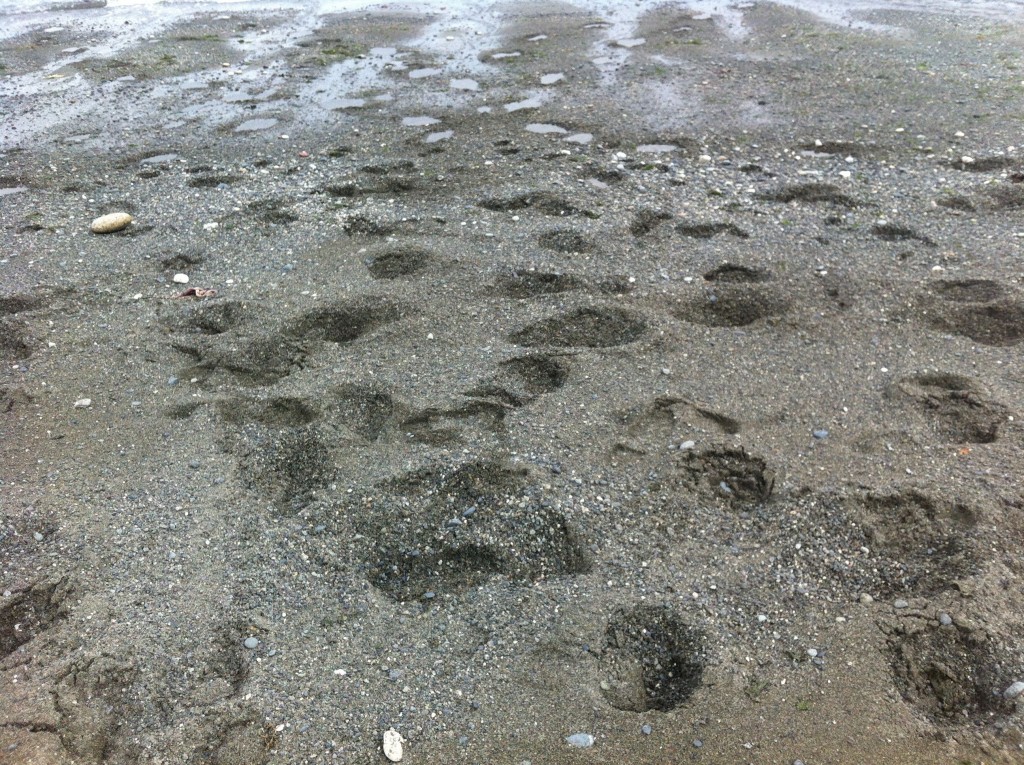
Horse hoof punctures in the sand right down in the area where sand lance are depositing their eggs in burrows.
On my daily walks on Taylor Beach since the fall, I have noticed that there has been a constant presence of the diving ducks off shore which rely on the forage fish from Taylor Beach. It will be interesting to see when they depart to go to their nesting grounds, usually to the North on Inland lakes.
Today a common loon, several red-breasted mergansers, buffleheads and surf scoters are still scattered over the waterfront.
No estimate is available on the number of diving birds that winter along the waterfront around the southern end of Vancouver Island depending on forage fish for survival but the sum total would probably be considerable given what we are regularly seeing in this area off Taylor Beach. In our efforts as intervenors on behalf of Friends of Ecological reserves, we have been aware and questioned the importance of the over-wintering population of seabirds in the area which would be severely affected in the event of a catastrophic oil spill. Unfortunately the level of environmental impact assessment by the pipeline and oil transport company in this area which is a few miles from the intended vessel traffic lane does not exist.
In our recent Round 2 intormation requests , we tried to get KM/ Trans Mountain to acknowledge the importance of modelling a spill of their toxic diluted bitumin off Victoria. They have refused to do so so far .
SInce Taylor beach is a spawning beach for two forage fish, Pacific Smelt and sand lance which provide food for these marine birds, one might reflect on the way we humans use and abuse the beach, the habitat of the forage fish. Numerous randomly placed beach fires and horse traffic which punches up the beach are concerns which should be addressed in Metchosin .
This Shiner Perch, Cymatogaster aggregata was at the water’s edge on Taylor Beach this morning. Cause of death is unknown. They are often found along our coast in shallow waters, and eel-grass communities, and serve as important forage fish, especially as juveniles.
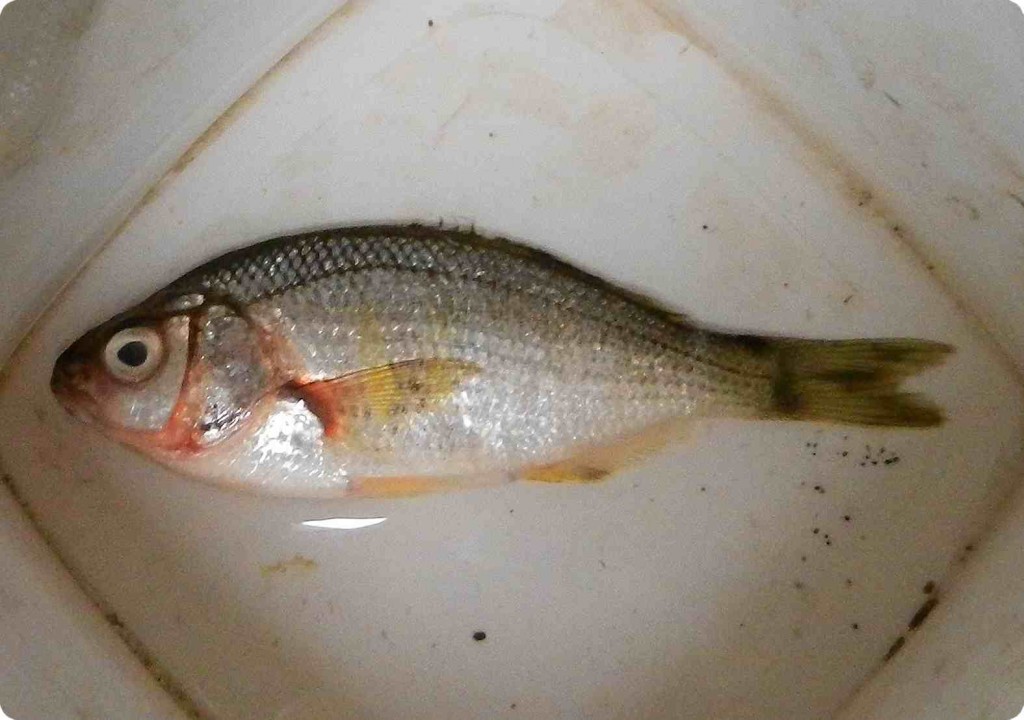
Classification from Species 2000 & ITIS Catalogue of Life: April 2013
Animalia
Chordata
Actinopterygii
Perciformes
Embiotocidae
Cymatogaster
Cymatogaster aggregata Gibbons, 1854
This morning with the extreme low tide, (tonight is the full moon) the small sandbar off the north end of Taylor beach was exposed for a few hours. As the tide came back in, a crow and a glaucous winged-gull were patrolling the area and picking up sandlance as they emerged from the sand, flipped around a few times and then died. In 15 minutes walking back and forth along the 40 metre stretch of the sandbar, I picked up 15 of the dead sandlance, forage fish. Several that were still active were returned to the water where they died within a few minutes. Perhaps this a solution– having direct predation as soon as they emerge from their sand burrows in order to prevent fouling of the beach..
Species recognized by IRMNG:
Kingdom: Animalia +
Phylum: Chordata
Class : Actinopterygii
Order: Perciformes
Family: Ammodytidae
Genus: Ammodytes Linnaeus, 1758
Species: personatus
In the Christmas Bird Count this year, one of the marine birds noted in particularly high numbers was the Common Merganser, Mergus merganser, with a count of 258 along the Metchosin/Sooke shores.
I noted today( rainy and overcast) that there were 32 Common Mergansers ( 6 males and 26 females down on the north end of Taylor Beach . Often when we see them there throughout the winter, they are in smaller groups and are continually diving for food. Today the pattern was quite different as they were all in courtship mood. The males have a distinctive forward bow, then an upward stretch of their necks and then a quick scurry on the surface around a female. These are probably one of the most colourful seabirds on our coast and well worth looking for in protected bays and inlets during the winter. (Pedder Bay also often has a dozen or so) .
Of course these birds as other over-wintering seabirds in our water are very vulnerable to oil spills. If the Kinder-Morgan Pipeline goes through, The current risk from a maximum of 5 oil tankers going through the southern entrance to the Strait of Juan de Fuca each day, is bad enough, but when one contemplates the added risk of accidents from 34 tankers (each over 200 metres in length) plying our waters by 2015, the future for overwintering birds like this is rather dismal.
Other articles about this concern: